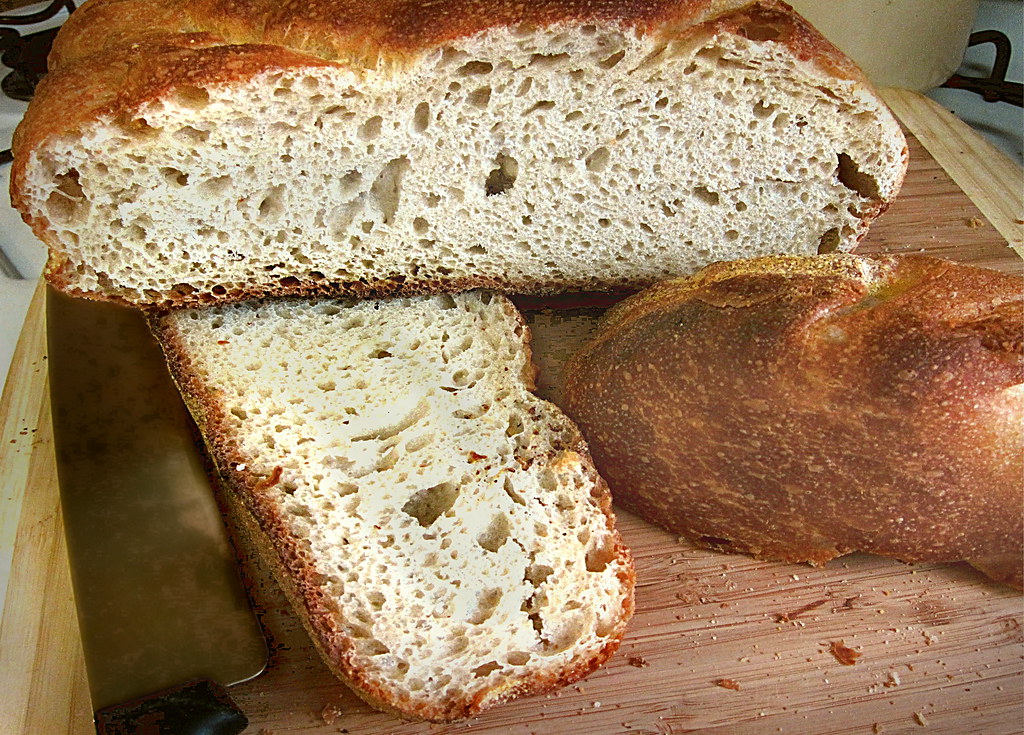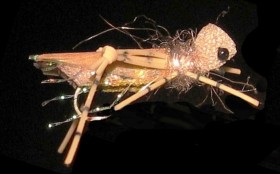FIVE DAYS TO GO
Pick Your Moon Name
fish where catching works
 |
| THE |
-------
.. Yes the catching on the Firehole River is getting harder and, yet, the stabbing of lethargic heat-doped fish continues... Yes the caddis are prolific on the Madison River and the migration of flailing elbows toward that river has begun in earnest.
.. Sure the Gibbon River is yielding scrappy fish in the canyons and even some brutes in the meadows when the drakes appear, (the clouds have helped.)
.jpg) .. On Saturday we visited Nez Perce Creek and tickled a fish or three.We stayed later than normal and enjoyed a late refreshing breeze and a moon-lit stroll down the trail to the bridge.
.. On Saturday we visited Nez Perce Creek and tickled a fish or three.We stayed later than normal and enjoyed a late refreshing breeze and a moon-lit stroll down the trail to the bridge... The moon called forth the thought that it's time to fish late and fish mice. The full moon in July has been given different names by tribes, cultures, fishers, and neighbors alike. We're looking forward to the July full moon. It happens on July 12, this year.
.. The full moon in July has been called: the Summer Moon for the heat of the season, the Buck Moon for the time that deer show their rapidly growing antlers in velvet, the Thunder Moon for the storms that brew, the Ripe Corn Moon for the maturing ears, the Claiming Moon by the Celts, and the Gallatin Moon by some of the neighbors for the time the Gallatin River is best fished late in the day.
.. Some of our more poetically inclined neighbors call it the Galleon Moon because it often is shrouded in thin wisps of clouds left over from the passing evening thunder storms, (additional fishing, catching, and moon information HERE.)
.. The caddis are making their late afternoon presence known on the river. The mice have had a litter or two. The shoreline grasses are tall and thick. The trout are fully awake and eagerly feeding.
.. By the time the mice have had their second or third litter they become fair game for trout. Mouse breeding continues all year, (depending on age and season,) and populations peak between July and September.
.. Of course the mice scurry about in search of food, shelter, other mice, and sexual encounters. Sometimes they encounter the river's waters by accident - especially in the late afternoon frenzy of activity.
.. This is also the time that other terrestrial beasties and critters experience a population explosion. Grasshoppers are finishing their final molt. Ants are hiving and swarming. Black and green beetles are roaming. Shrews are eating beetles and ants. Ground squirrels are being squirrely and so it goes!
.. All these critters utilize the interface between the water and the land. There is food and shelter in abundance.
.. The edges of biomes are always wonderfully diverse and full of many species, (plants and animals.) These ecotones are magnificently convergent in the Upper Gallatin River Valley.
.. Forest, meadow, steppe, marsh, and stream biomes can converge in small areas. Both the land dwelling critters and the aquatic dwelling species love the diversity.
.. Add the diversity of the river: rapids, riffles, holes, micro beaches, boulders, cobbles, sand, etc. and the possibilities are extensive. The other river valley's of the West side of Yellowstone National Park offer some of these convergences - but none so nicely arrayed as in the upper Gallatin River.
.. Most fly fishers fish the hatch. Most of the the neighbors fish the landscape. It's worth a thought. Bring your mouse.
-------
 |
| WALLPAPER (Loaf 17): RUSTIC ITALIAN LOAF (CALABRESE) |


.jpg)